Frost hardy greens and veggies for increasing your abundance of winter vegetables. Grow in spring, for frost hardy plants, and as the season cools down after July for extended winter harvests. Many of these plants can also be grown in pots, and small spaces, to increase your ability to be self-reliant wherever you are at.
Here it is mid July and there’s maybe 5 or 6 weeks till frost around here. The Spring was cold and rainy here and the garden was slow getting started. We’ve had a week of sun, with ample rain, and finally we’re seeing some bold growth in the garden. Things were beginning to look up. Then I read some bad news about the mid-West drought in the US and the threat of rising food prices — corn at the feed store went up 50% last week, in some parts of the country. This sounds like a lot of folks are going to be suffering come winter, and the suffering has already begun in some parts of the country.
I was out weeding the garden in the sunshine today, after reading the piece about the soy and corn crop futures declines and the threat of rising food prices and impending shortages. I had a few meditations about the situation. First, those rising prices will affect all the food made and packaged by Big Food and Big Diet because GM Soy and GM corn are in all food packaged by Big Food and Big Diet. Many people who don’t know how to cook from scratch are going to be hurt by this. But, if you make from scratch and grow your own, while your raw ingredients will respond with some price increase, it shouldn’t be horrendous.
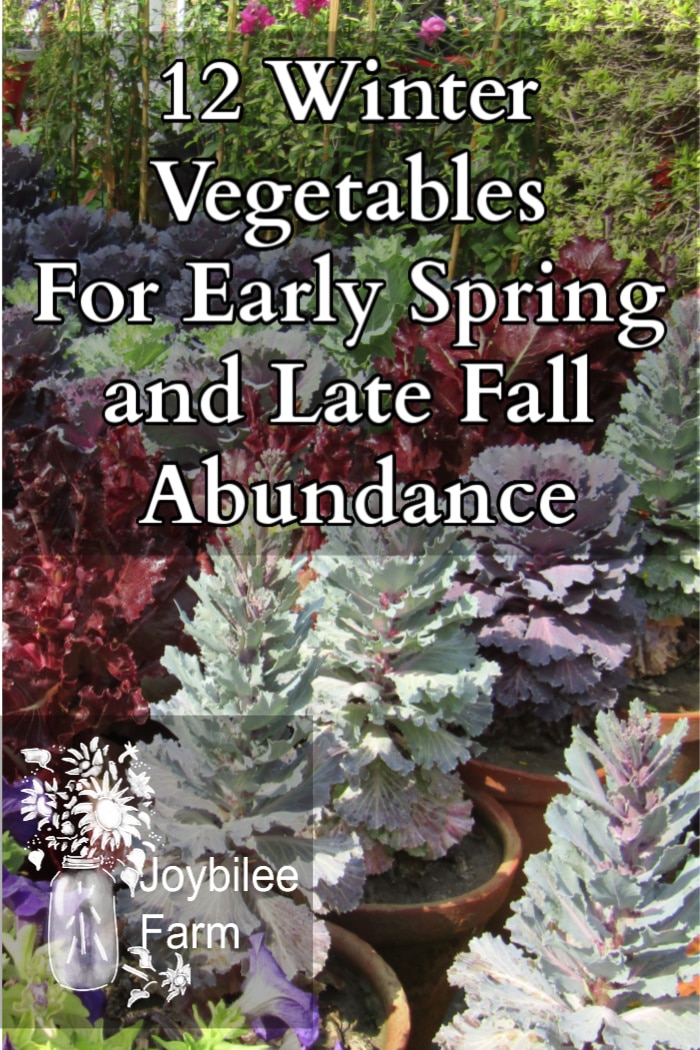
Second, Those of us who are having a really good growing season of rain and sunshine, have a responsibility to grow as much food as we can, and share it with our neighbours or preserve it for winter, or sell it, to relieve the stress on the market because of the shortages in other areas. By increasing our personal food production and decreasing our consumption of factory farmed food, we can mitigate some of the food shortage/price increase that those in other parts of the world will face, and even those in our own region.
It isn’t just your neighbours that are suffering with escalating food costs, the poor in our own regions, and those in other parts of the world are also suffering. With our globalized economy, if there is a shortage in the USA and food prices go up here, food prices will also go up around the world, including in areas that are already suffering like, Africa, the middle east, Spain, and Greece.
So with that in mind, for those of you, like me, who are still trying to get the garden planted for the summer, or who think it might be a good time to put some seeds in a container on the deck, here’s a list of 12 vegetables that you can grow in the time you have left for gardening this season. So get outside, and make a hugelcultur bed, or fill a planter or a bag with soil, and grow some of your own winter vegetables.
1. Lettuce:
Most lettuce can be harvested within 45 days of planting out. You can plant lettuce seeds by sprinkling on top of prepared ground. Firming it in. Water well and put in partial sun, and you can begin to harvest the young leaves as soon as they are about 4 inches in length. Harvest by pricking out the outer leaves or cutting the whole plot to within 1 inch of the ground. It will regrow and give you a second or even third harvest about every 7 to 10 days. I like to scatter a variety of lettuce leaf colours, shapes and textures. Grow in partial shade.
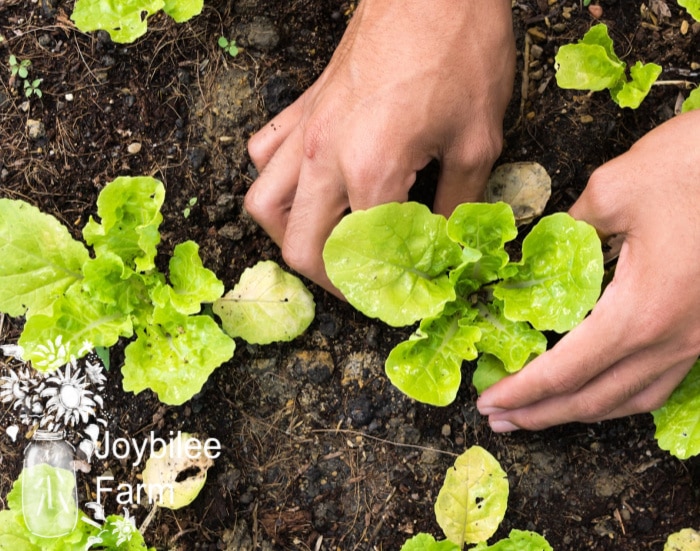
My favorite lettuces for this growing technique:
- Red sails (Red leaf lettuce)
- Buttercrunch (Green Butterhead type)
- Freckles (Speckled Red and green romaine)
- Cimmaron (Red romaine)
- Continuity (Red and green butterhead)
- Esmeralda (Green butterhead)
- Red Butterworth (Red butterhead)
- Red Saladbowl (Red oakleaf)
- Saladbowl (green oakleaf)
You can grow them in rows for full heads of lettuce or you can broadcast the seed for a spring mixed salad of baby lettuce leaves. Grow in pots, or your winter hot-bed, to make lettuce one of your abundant winter vegetables.
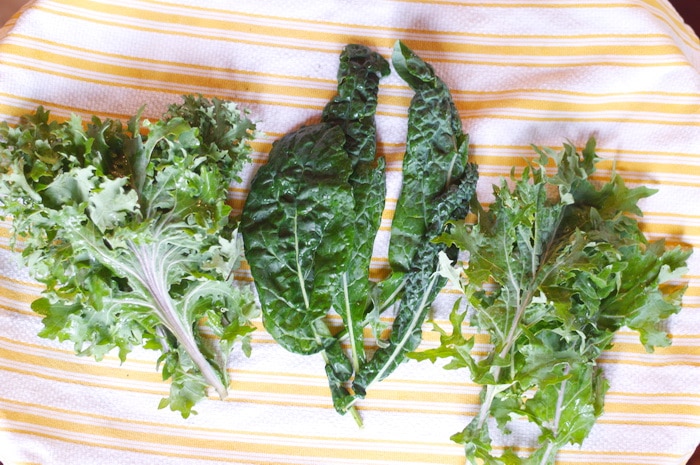
2. Kale
Kale grows rapidly and isn’t prone to bolting in the heat of summer. While it takes more than 6 weeks to mature the Kale plant, it is not damaged by frost and so you can harvest leaves right up until snow cover in most areas of North America. Its good to grow several varieties for different colors and textures in salads and as cooked greens. Unlike other Kole plants like broccoli, or cauliflower, Kale can be harvested any time after it shows its first 4 leaves. Take baby leave to add to salads for interest. You can harvest bigger leaves, beginning at the bottom of the stock and up. It will continue to grow as long as the top few leaves are left to feed the plant. Grow in partial shade or full sun.
I am growing Red Russian Kale, and Scotch Kale. Kale sweetens up after frost, and develops red veins, and purple tinting in the leaves. Kale is also very versatile. You can use it for salads, use the large leaves like you would cabbage, for wrapping meat, add it to stews and soups, or even dry it for Kale chips.
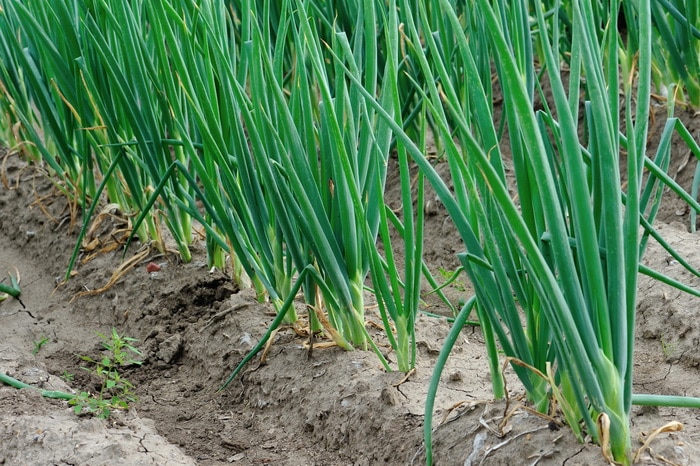
3. Green Onions
You can grow green onions from seed by planting out the seed in a well fertilized bed or in a large pot. Harvest the stocks by pulling out by the roots or by cutting them off at ground level. They will continue to grow until frost if they are kept watered, and fertilized with a fish fertilizer. Grow in partial shade or full sun. They can also be grown in pots, or a hot bed, as one of your fresh winter vegetables.
4. Bush Beans
Many varieties of bush beans will produce a crop in just 55 days. In July, when soils are warm, you will gain rapid growth. Protect the developing pods from frost with a row cover or a cloche, near the end of the season, if frost is expected. Grow in full sun.
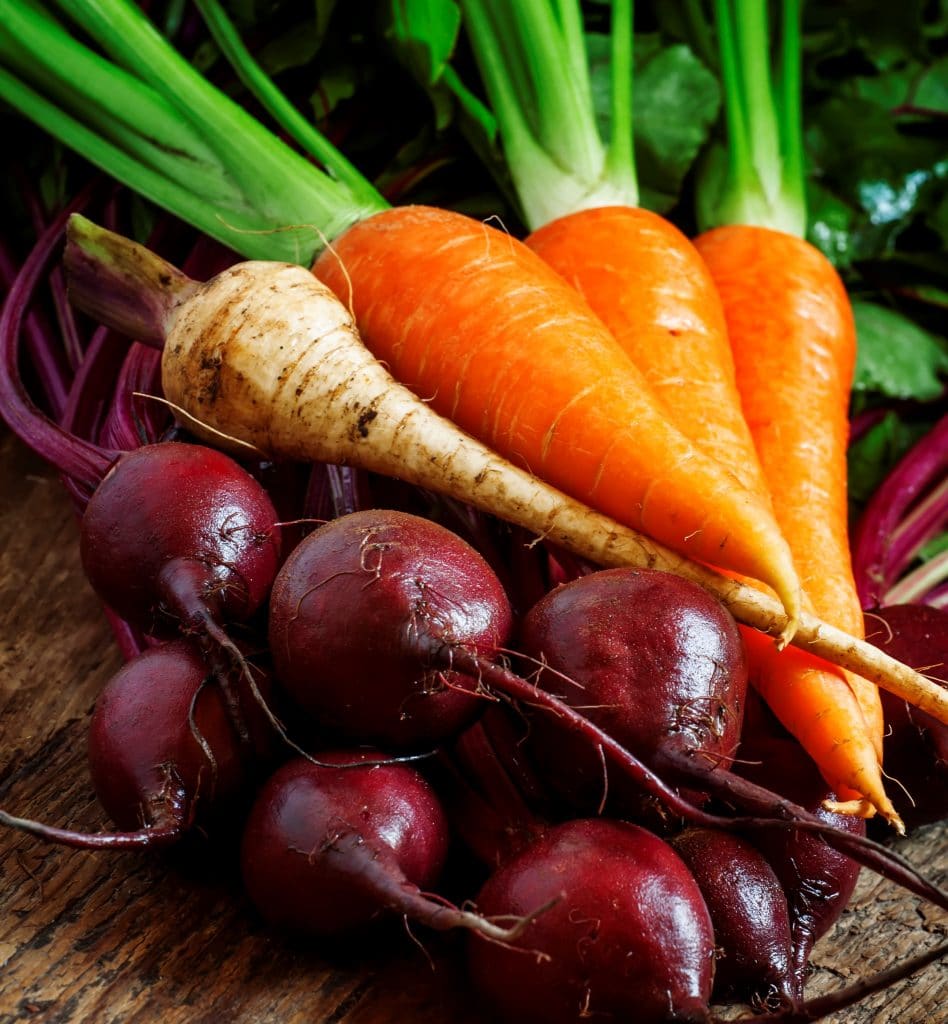
Fresh organic beets and carrots on old wooden table in rustic style, selective focus
5. Beets
Some varieties of beets will mature in 50 to 55 days and are cold hardy. Kestrel, Touchstone gold, Red Cloud, all come to maturity in a mere 50 to 53 days. Add some ashes to the ground and stir them in before planting. Beets are hardy to mild frost. Grow in full sun.
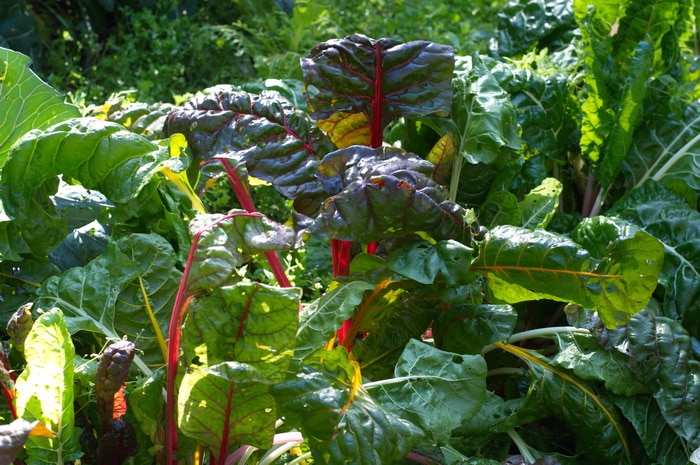
6. Swiss Chard
Swiss Chard is from the beet family and is grown for its prolific greens. It likes a cool climate and does best when planted in the hot of July, growing prolifically as the days shorten and temperatures become more moderate. Planted sooner than this, in a warm climate, Swiss Chard is likely to bolt. There are many colorful varieties, with stems ranging in color from white, to sunshine yellow, orange, flamingo pink, and blood red. Plant a few colorful varieties to add to summer salads, to use for wrapping meat and sandwich fillings, use in place of cabbage leaves, and cook for an easy vegetable, or add to soups. Grow in full sun or partial shade.
I’m growing: Rhubarb chard, Canary yellow, Flamingo Pink, Fordhook Giant, and Magenta Sunset. Chard continues to grow well into frost, if it is kept picked. You can harvest it by pricking out the outer leaves and harvesting about 2/3 rds of all the leaves on each plant.
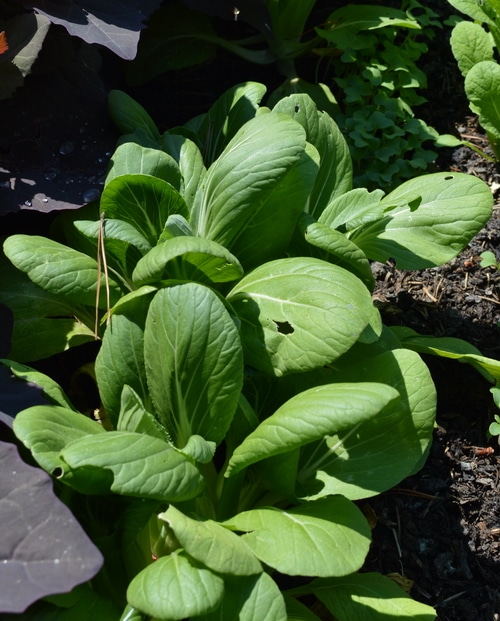
7. Bok Choy
When bok choy is planted in spring, the cool night temperatures, followed by the heat of July, often make the plants bolt. But when planted in July, and watered well, Bok Choy makes steady growth, in well manured ground. It needs to be kept evenly moist, so water it well, and mulch around the base of the plants to keep them from drying out and bolting. Grow in full sun or partial shade.
The plants can be harvested when young by pricking out the outer leaves. Or entire plants can be harvested by cutting the plant off at the base. If they are kept watered, they will often grow a second harvest from the same root stock. The full size version Joi Choy, is a hybrid that is ready in 50 days. The baby varieties, are ready in 40 to 45 days and are called Toy Choi, and Chin Chaing. These only grow to about 5 inches in height and can be planted in a small space and reseeded over the growing season for a continuous harvest of salad, and stir fry leaves. Seed in a hot bed for winter harvesting as a useful member of your winter vegetables squad.
8. Kohlrabi
Another plant from the cabbage family, some varieties of Kohlrabi only need 50 days from planting to harvest. Plant it in well manured ground, and space a foot apart. The fruit grows above the ground in a round ball. Grow in full sun. It is delicious cut into finger sizes and eaten fresh on a vegetable tray. Kongo and Kalibri are two varieties that will mature in 50 to 55 days. You can also stir fry the peel vegetable.

9. Carrots
While most carrots require 60 to 95 days from planting to maturity, carrots are frost hardy and if given a row cover can usually be coaxed to grow into October and early November, so if you have at least 3 months left until your snow fall or a killing frost, you can try almost any variety of carrot, planted in deep, well tilled soil. If you have only 55 days, “Napoli” can be grown in a raised bed under a cloche well into fall. It sweetens with frost exposure. And can be harvested as baby carrots or will mature. Grow in full sun.

10. Radishes:
Spring radishes are usually ready within 30 to 35 days from planting. The best tasting radishes grow fast and are harvested while still sweet and tender. Several sowings can be made for salad radishes all summer long, by sowing a row of radishes every 2 or 3 weeks.
Winter radishes are grown differently. Winter radishes can also be grown quickly but should not be planted before July 15th. Like other Kole plants, if they get a chill and then get hot weather they will bolt. So save your winter radish seed to plant in mid July, when the soil is quite warm. Plant in full sun.
Thin your radishes soon after germination so that they will form large, well shaped roots. Winter radishes will sweeten with frost, and can be eaten fresh or cooked like turnips. I’ve found that in short season areas, winter radishes are easier to grow than both turnips and rutabagas.
Some varieties of winter radish to try include, Red Meat, Green Luobo, and Diakon.
11. Spinach
Spinach is usually thought of as a Spring crop. But a second sowing of spinach can be made after mid July, for families that especially enjoy the versatility of spinach in dishes like Spanikapita, and lasagna. Most spinach matures in 45 to 50 days. I let my spring spinach go to seed so that it will grow in the same spot every spring and I can just thin it when it comes up, after the snow melt. Plant in partial shade for best results. Use a hot bed to extend the growing season into snowfall, and enjoy this as one of your helpful winter vegetables.
Spinach can be used in salads, cooked as a vegetable, or frozen for winter use.
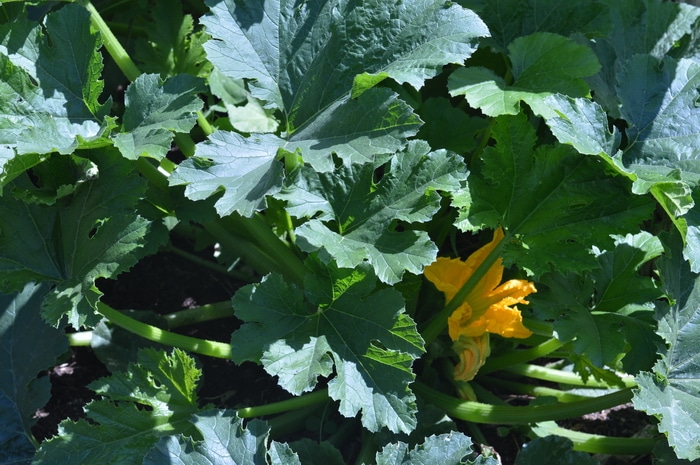
12. Zucchini
While most squash takes 60 to 100 days to come to maturity, Zucchini grows on compact plants and is ready to harvest at 50 to 60 days after planting. Depending on when you expect your first frost, you can protect the plants under a cloche to extend the harvest season. “Eight ball” is ready in just 40 days and Romanesco, my favorite because it tastes like hazelnuts when raw, is ready in just 55 days from planting. If you can postpone the frost, the plants will continue to produce small, tender zukes over a long season. Plant in full sun. If you let these zucchini grow to torpedo size, they will keep for several months in cold storage, as one of our very useful winter vegetables.
There you have a full dozen winter vegetables that you can plant with only 5 or 6 weeks left till frost and still get a harvest. Its not too late to plant and grow some of your own food. And the more food you can grow for yourself, and to share, the more independent you will be from Big Food, and Big Diet. Grow a little self reliance today.
Here’s how to extend your growing season deeper into winter, or earlier in spring, without a greenhouse.



Enjoy reading your article , because I was practicing I’m not going as well from what I knew from my grandmother but when a garden she never did and that’s the main thing I am kind of much into and seeing what I can produce.
Wow, you are awesome! Thanks for letting me know. I went and had a look, and you are correct — he stole my article word for word and posted it as “written by Justin Stout”. I’ve emailed him and told him to remove it immediately and that that is stealing. Wow, thank you so much for letting me know. Hope your day is awesome. Chris
Hey just so you know – the sire http://homesteadingsurvivalism.myshopify.com/blogs/news
posted one of your articles as there own….
Seems ligiate but I was wondering….
I’m glad you left your comment. I was thinking household hot water or outdoor shower. But to use it as a heat source for something else, never occurred to me. As I said, you are a genius!